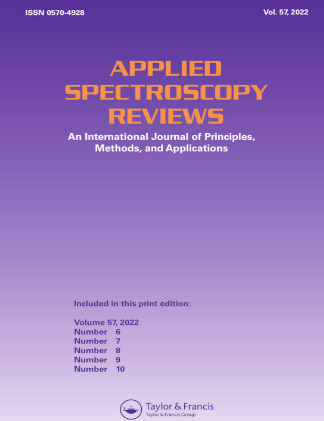Sampling and analysis techniques for inorganic air pollutants in indoor air
IF 5.4
2区 化学
Q1 INSTRUMENTS & INSTRUMENTATION
引用次数: 16
Abstract
Abstract Effective evidence-based actions to reduce indoor air pollution must be derived from data obtained using accurate means for assessment of the critical air pollutants and for the identification of their sources. This is of paramount importance to provide robust evidence for establishing effective policies or preventive measures. Nevertheless, designing a reliable sampling plan for assessing concentration of inorganic pollutant in the indoor air requires expertise in conducting rigorous sampling campaigns and proper knowledge on the existing standards and methodologies for assessing concentration of the target substances. Therefore, this review focuses on the relevant information and recommendations that should be considered when designing a sampling plan to collect complementary data on the indoor environment under study, to properly define the criteria for establishing the details for the work and to ensure the quality of the assessments. In particular, comprehensive information on the most commonly used methodologies for the determination of a list of critical inorganic pollutants for indoor air quality monitoring has been compiled. Thus, inorganic gaseous pollutants such as CO2, CO, O3, NO2, NO, NH3, SO2, H2O2, H2S, HNO3 and HNCO are included in the present review.室内空气中无机空气污染物取样分析技术
有效的以证据为基础的减少室内空气污染的行动必须来自使用准确方法评估关键空气污染物并确定其来源的数据。这对于为制定有效的政策或预防措施提供有力的证据至关重要。然而,设计一个可靠的采样计划来评估室内空气中无机污染物的浓度,需要进行严格采样活动的专门知识,以及对评估目标物质浓度的现有标准和方法的适当了解。因此,本综述的重点是在设计抽样计划时应考虑的相关信息和建议,以收集所研究室内环境的补充数据,以适当定义确定工作细节的标准,并确保评估的质量。特别是,编制了关于确定用于室内空气质量监测的关键无机污染物清单的最常用方法的全面资料。因此,本文将CO2、CO、O3、NO2、NO、NH3、SO2、H2O2、H2S、HNO3、HNCO等无机气态污染物纳入综述。
本文章由计算机程序翻译,如有差异,请以英文原文为准。
求助全文
约1分钟内获得全文
求助全文
来源期刊

Applied Spectroscopy Reviews
工程技术-光谱学
CiteScore
13.80
自引率
1.60%
发文量
23
审稿时长
1 months
期刊介绍:
Applied Spectroscopy Reviews provides the latest information on the principles, methods, and applications of all the diverse branches of spectroscopy, from X-ray, infrared, Raman, atomic absorption, and ESR to microwave, mass, NQR, NMR, and ICP. This international, single-source journal presents discussions that relate physical concepts to chemical applications for chemists, physicists, and other scientists using spectroscopic techniques.
 求助内容:
求助内容: 应助结果提醒方式:
应助结果提醒方式:


